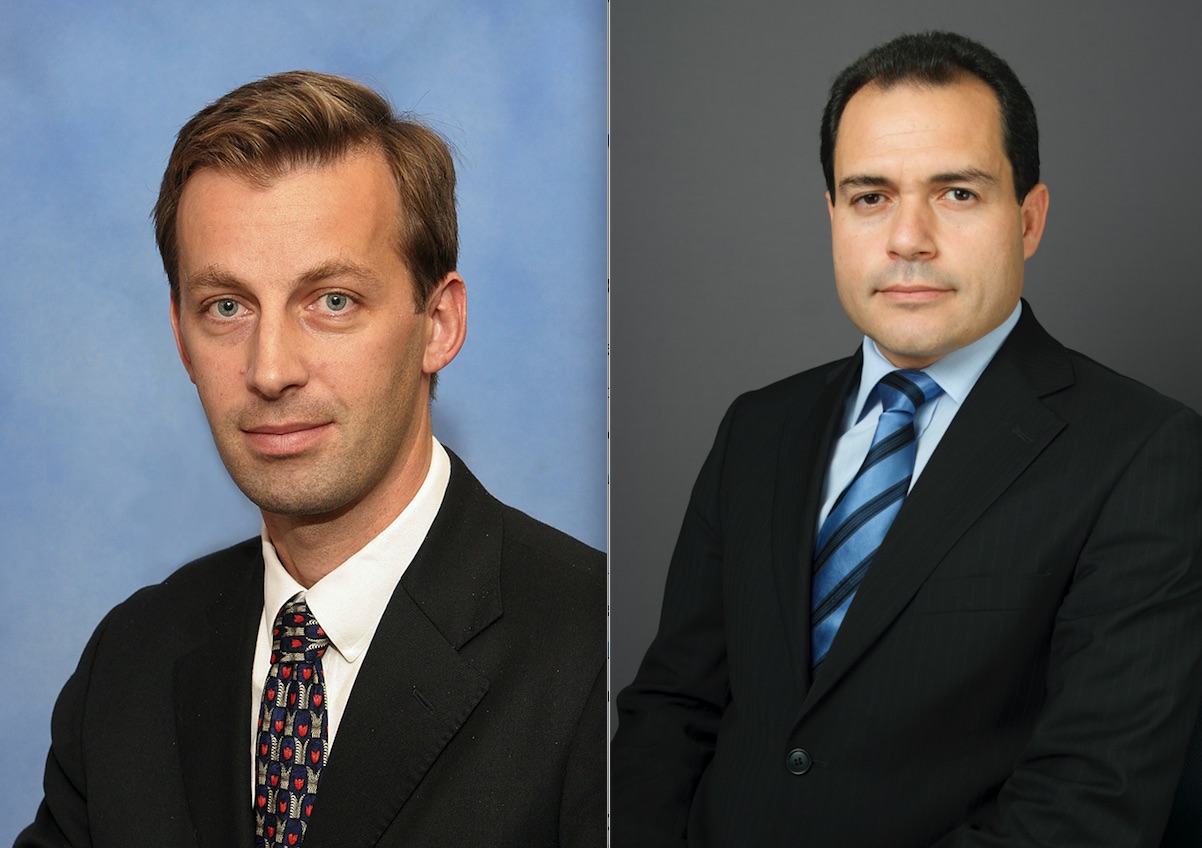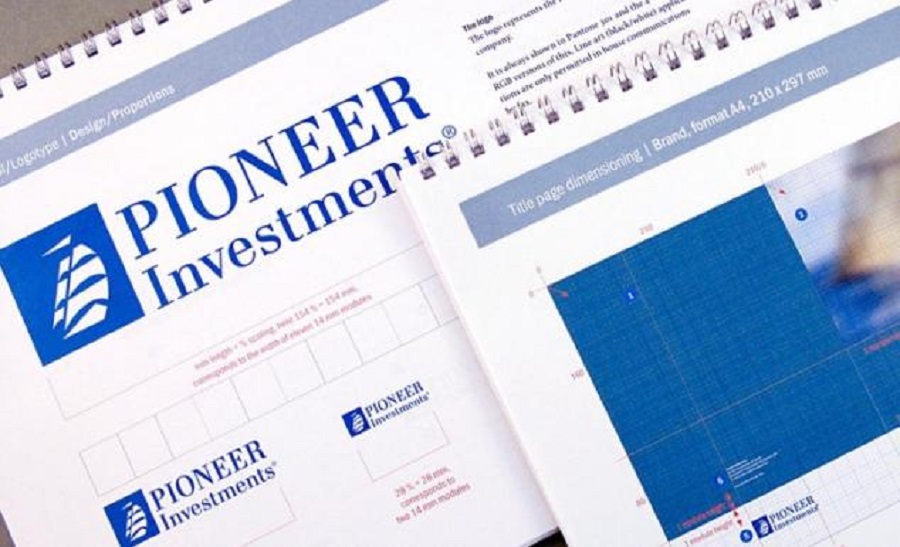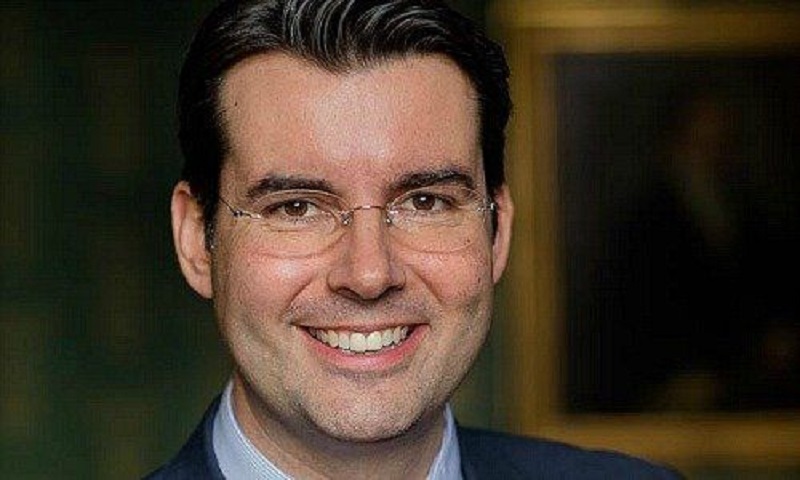UBS Wealth Management´s Ideas for 2017: US and Emerging Markets Equity and US Treasuries Hedged Against Inflation
| By Fórmate a Fondo | 0 Comentarios

UBS Wealth Management’s Chief Investment Office (CIO) predicts a polarized political world in 2017. Global gross domestic product (GDP) growth is likely to rise to 3.5% from 3.1% this year as US growth improves, despite the ongoing slowdown in China. With elections set for the Netherlands, France and Germany, investors will need to be conscious of increased post-Brexit division in Europe.
In the US, CIO expects the Federal Reserve to hike rates once in December and twice in 2017, but new fiscal stimulus should support growth, and inflation is likely to rise more than rates. In the Eurozone, the European Central Bank will probably start to taper quantitative easing. China will likely continue to manage its slowdown and let the USDCNY exchange rate depreciate to 7.0 in 12 months.
Mark Haefele, Global Chief Investment Officer at UBS Wealth Management, says: “We believe that central banks in the US and Europe will continue to err on the side of loose monetary policy. This means equities can remain supported, most notably in the US and emerging markets, and that investments with a decent yield will remain sought after. Investors will also need to consider means of hedging portfolios against rising inflation.”
The lessons of 2016
- Don’t confuse a base case with a done deal. The past year has been ignominious for base case forecasts. Donald Trump won the US election. The UK voted to leave the EU. And central banks were forced to ease policy more than previously thought necessary.
- Don’t panic. 2016 rewarded investors who remained calm amid uncertainty. The MSCI All-Country World Index dropped 13% early in the year on concerns over China, but bounced back by the end of March. After the Brexit vote, markets regained prior highs within three weeks.
- Don’t underestimate central banks. Central bank policy surprises this year meant that even some negative-yielding assets provided positive returns.
Top 10 ideas for 2017
- US equities. US earnings should grow 8% in 2017, supported by stabilizing oil prices, accommodative monetary policy and potential fiscal stimulus from the Trump administration.
- Emerging market (EM) equities. A softer US dollar, low developed market (DM) interest rates and stabilizing GDP growth and commodity prices should continue to help EM stocks next year.
- EM FX basket. Low DM rates help make high-yielding EM FX – real, rupee, ruble, & rand – attractive versus growth-sensitive DM peers – Australian & Canadian dollars & Swedish krone.
- Asia Pacific real estate investment trusts should also benefit from low DM rates. Yields relative to government bonds are attractive compared with global averages.
- Dividends and buybacks. With yields ultra-low in the Eurozone, Japan, and Switzerland, companies offering reliable incomes there have become even more appealing.
- US senior loans. Senior loan yields offer a 4% pickup over short-maturity investment-grade corporate bonds, which is attractive even if default rates rise to long-term averages.
- US Treasury Inflation-Protected Securities (TIPS). CIO expects TIPS to benefit from higher wage growth, stabilizing oil prices, potential fiscal stimulus and a weaker US dollar.
- Palladium and platinum. A pickup in industrial activity, political uncertainty and falling real interest rates should support both precious metals in 2017.
- Alternatives. Traditional asset class returns are likely to be moderate in 2017. The uncorrelated exposure offered by hedge funds, private markets, and short-term investment opportunities will be more valuable than ever.
- Sell high-grade bonds. Yields are negligible and risks are rising. Investors could consider replicating some of the asset class’s insurance features with other approaches, including systematic hedging and allocation strategies.
Recommended long-term investment themes for 2017 and beyond
- Emerging market healthcare catch-up. In developing nations, spending on healthcare is far outpacing GDP growth, creating opportunities for companies and impact investors.
- Energy efficiency. Governments are increasing incentives to cut down on carbon emissions and lower energy consumption. Such standards now cover 30% of the fuel used worldwide.
- The education gap. Companies are helping to meet demand for higher education and training as governments struggle to keep up.
As investors look forward to 2017, CIO’s End Game offers the opportunity to play policymaker and see how solutions to the world’s economic issues can affect economies, markets, and portfolios. A recent survey of UBS’s Industry Leader Network of entrepreneur clients globally underscored the importance of policy in investment planning: 25% named the political landscape as the biggest potential change for their business in 2017, compared with 19% who cited technology upgrades, 12% who cited a different shift, and 44% who saw no change.











